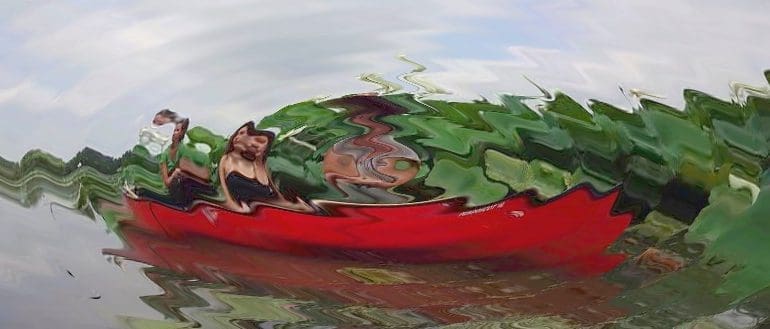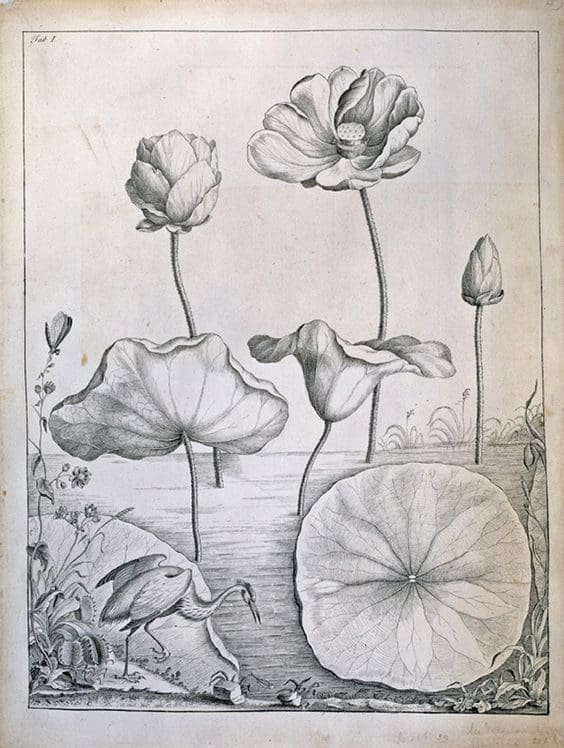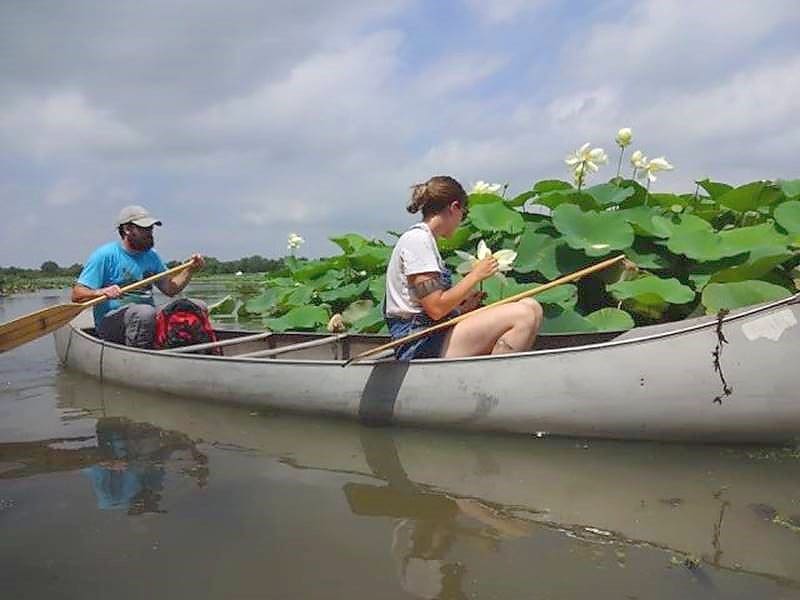Searching for American Lotus in South Jersey


William Bartram’s famous drawing of an American lotus

Curator Joel Fry
This summer, Bartram’s Garden curator Joel Fry and members of our Horticulture staff went on a fascinating river trip to South Jersey, searching for the American Lotus. Let’s follow their trail as they search for plants in a very Bartram-like manner:
“This was a field trip we made on August 16th to Salem County, NJ,” says Joel. “These are marshes at the mouth of the Salem River, that empty into the Delaware Bay. We met Bill Cahill and Allen Crawford (Bartram friends and Pine Barrens experts) at a nature preserve called Mannington Meadows, which is just a couple of mile north of the town of Salem, and contains the Mannington Creek, which is a tributary of the Salem River.”
“There is a very large growth of the American lotus (Nelumbo lutea) in the tidal wetlands there—several acres with thousands of plants in bloom. That’s a rare native species this far north and it was discovered by John Bartram and the Swedish botanist Peter Kalm around 1750 in the same general location—tidal creeks in southern NJ. It was one of Bartram’s significant garden introductions. He brought roots back from south Jersey and established them in his pond and along the banks of the lower Schuylkill River.”

Todd and Zoe from the Horticulture team at Bartram’s Garden
“By the 1830s, the lower Schuylkill and many creeks in South Philadelphia were thick with plants of the American lotus, and their summer flowering was fairly well known. With industrialization and land-filling, the lotus in Philadelphia were all gone by the beginning of the 20th century. The lotus are still found in a few naturalized colonies in south Jersey, but rather uncommon there as well these days. Mannington Meadows may be the largest stand around.”
Adds Joel, “Mannington Meadows is also a place to see sandhill cranes in NJ. We saw three flying over the creek while we were there, and last year saw a pair at the same location.”
RELATED LINKS:


